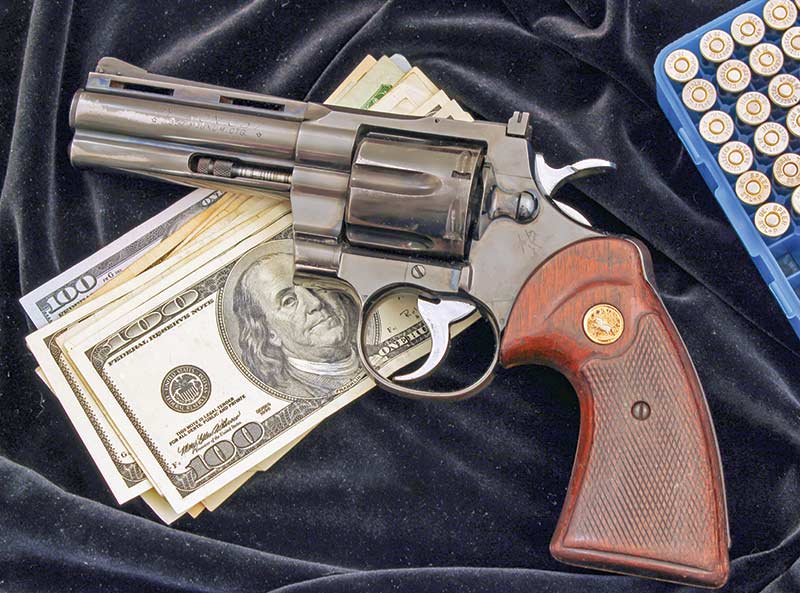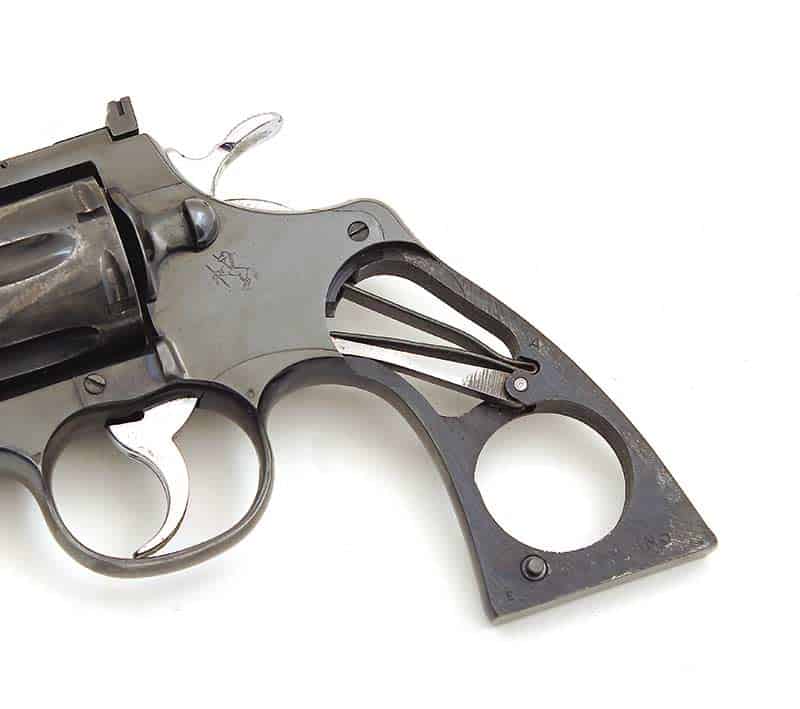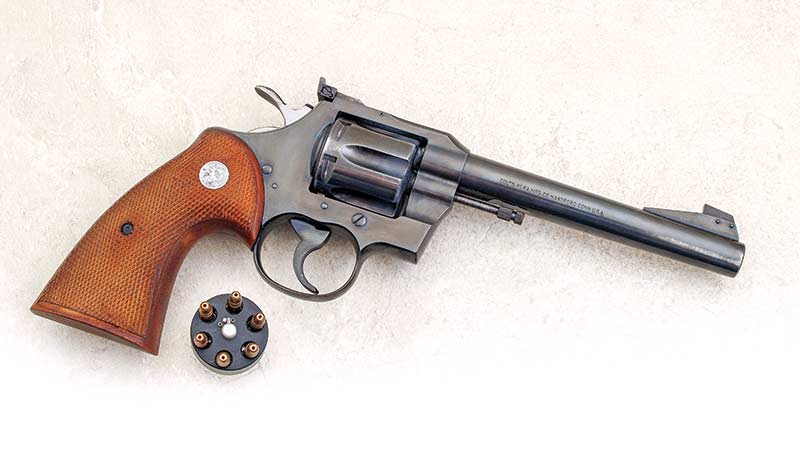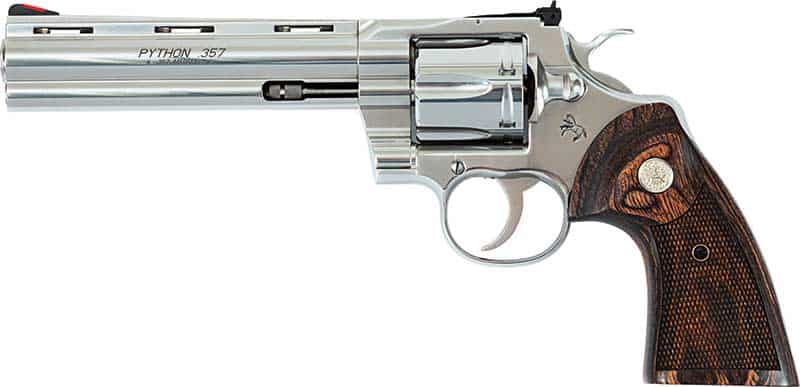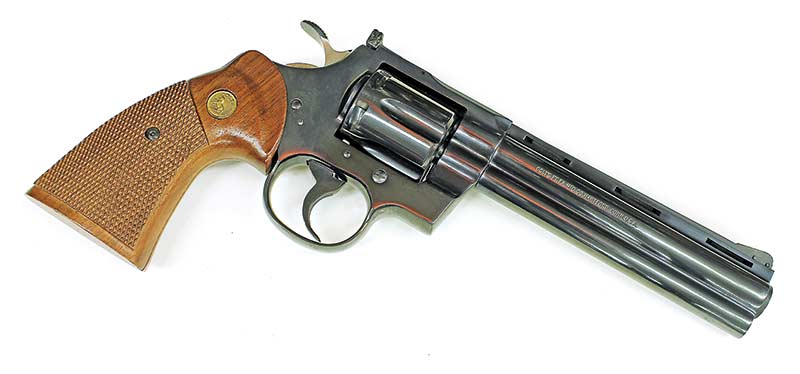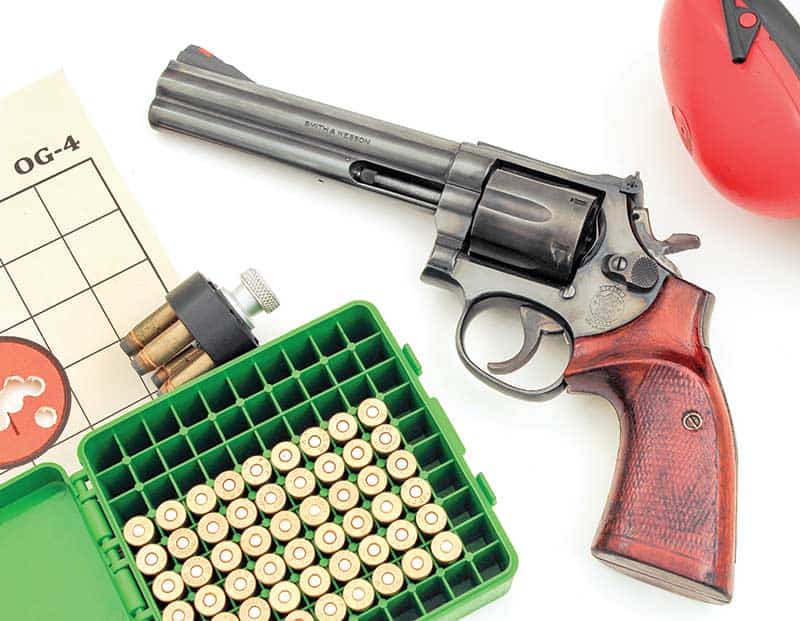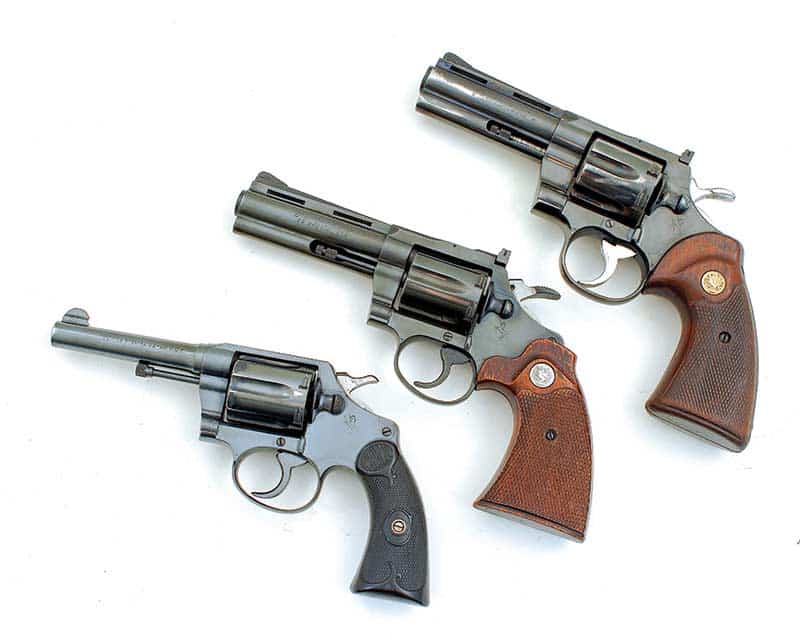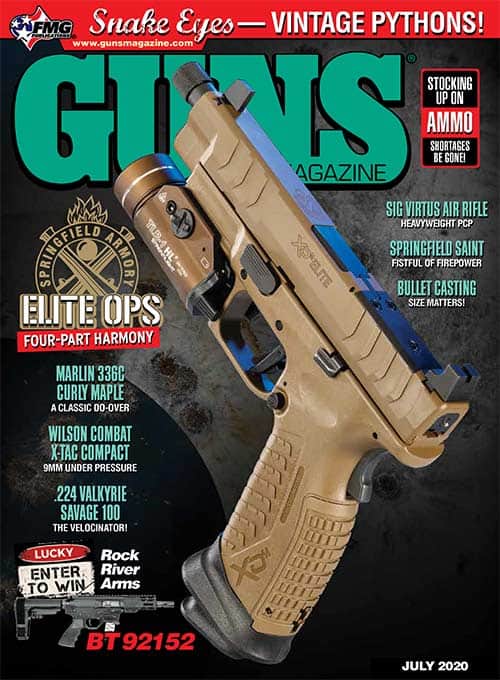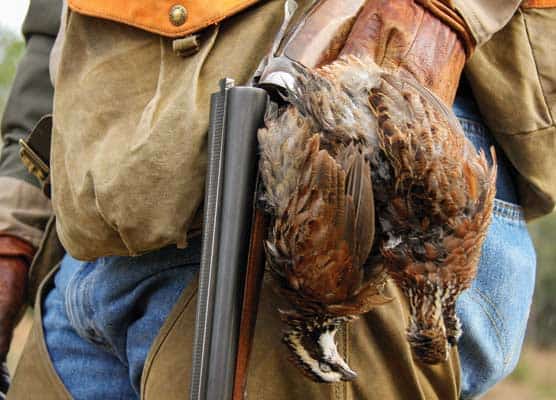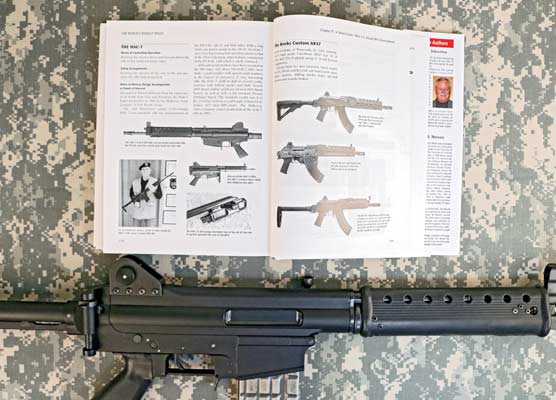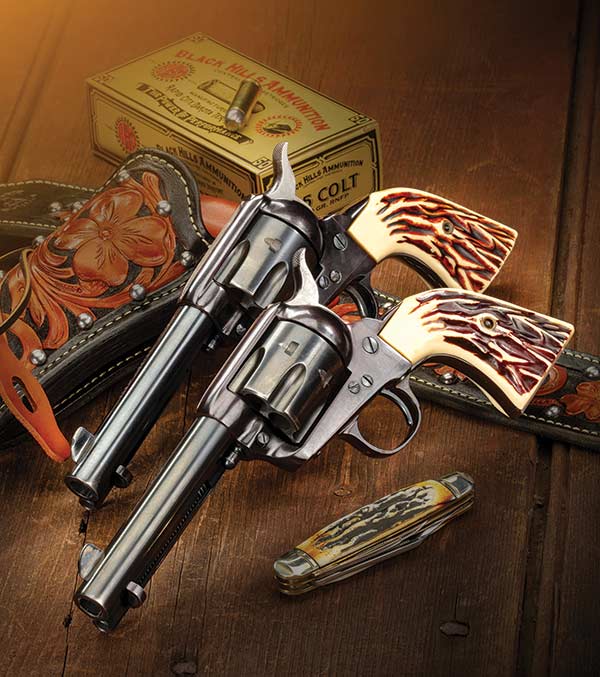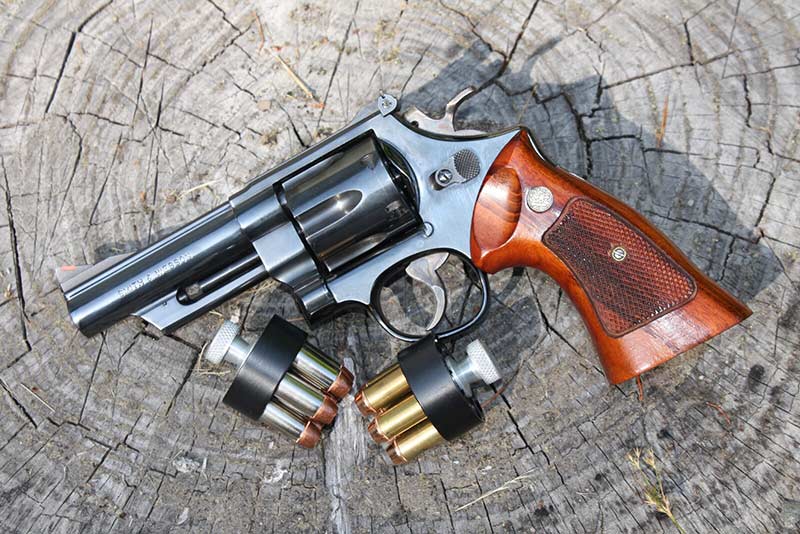The Snake Eyes Have It
A Critical Look At Old Colt Pythons
In the final moments of 2019, Colt proudly announced they would add the archetypal Python back into their stable of revolvers — though you hardly needed a crystal ball to see such news coming after the reintroduction of the Cobra and King Cobra. As I expected, as soon as the new Python hit the market, the griping began.
“It won’t be the same,” I heard some say. “It’s not going to be hand-fitted the way the old revolvers were,” others opined. “I doubt the trigger is going to be anywhere near the smoothness of the old ones,” many groused.
If anything, the Python is a gun living in the shadow of its own reputation. The new ones are not being judged against the Pythons of yesteryear but the myth of the Pythons of yesteryear. As some celebrate 2020 bringing a beloved product back to store shelves, a very vocal contingent is adamant Colt’s new offering isn’t a “true” Python.
While I don’t have one of the new ones, I do have one of those old ones some claim represents a shining pinnacle of American-made revolvers, never to be reached again. As such, I believe I have enough knowledge and trigger time to offer an opinion of the gun’s function, legacy and value — especially when compared to what else is within reach of a buyer in 2020.
Yes, They’re Good!
When the Python was introduced in the 1950s, it was intended as Colt’s ultra-premium revolver. It was a gun for shooters who could shoot and for enthusiasts who simply wanted a superbly crafted tool. The Python action was precise and hand-fitted and its famous “Royal Blue” finish was a process Colt entrusted only to their most experienced craftsmen — the beautiful luster is a product of careful manual polishing.
Additionally, Pythons have a deserved reputation for being great shooters. Colt machined the barrels with a slight taper so bullets were further constricted before they left the bore, ensuring optimal accuracy. The full underlug of the Python not only created a superb “hang” on target but resulted in a very pleasant and substantial reduction to felt recoil. The generous teardrop hammer met the thumb perfectly, making single-action shooting an utter delight.
Beyond all that, they just looked cool. Every element of the Python was pleasing to the eye, offering a sublime combination of masculine angles and feminine curves. It looks sexy and dangerous and there is no surprise why it became such a recognizable firearm.
But?
While the vintage Python action is praised for its smoothness, it has a very distinctive characteristic of increasing in weight (i.e., “stacking”) as the shooter pulls the trigger to the rear. True, this all but ensures you’ll get a surprise break but I’d wager most shooters — as a direct result of having to muscle through the pull — are going to yank the front sight off target somewhere along the process.
In fact, most first-time shooters of the old Colts are surprised at how different the feel is from what they’re used to, and not for the better. Even among the experienced pistoleros I’ve talked to familiar with the older Python action and its telltale stacking, the vast majority say they would prefer a bog-stock S&W to an unmodified, vintage Colt.
Furthermore, the tradeoff to the old Python’s “just so” action was it didn’t lend itself to modification. Gunsmithing on those Pythons is fast becoming a lost art, with fewer and fewer intimately familiar with the geometry. Additionally, the design is not user-friendly like a Smith or Ruger, where removing the sideplate and swapping out some springs is well within the skill set of most owners.
And speaking of this geometry: Part of the vintage Python’s legendary “bank vault” lockup came from the force of the trigger against the hand, which in turn pressed up against the aligned cylinder notch throughout the recoil impulse. Over time, and as accelerated by hot rounds, the hand deformed. This was known to Colt and they had intended the part to be serviced (or replaced) as needed to keep the gun functioning correctly.
Keep in mind a lot fewer folks are in the servicing-and-replacing business when it comes to those Pythons and parts are only going to get scarcer with time. It’s an additional reason I’m pleased the revolver has been redesigned, according to Colt, with 14 fewer internal parts and an increased emphasis on durability.
In any case, there are lots of caveat emptor here for a used gun costing a few thousand dollars and buyers should be aware of them.
Vintage Or Bust
If old Pythons appeal to you purely because of the connection to a different era of workmanship, you’d be remiss not to look at the E-Frame Colt guns. These beautiful and immaculate handguns differ from the old Pythons only in terms of barrel profile and firing pin location This would steer you toward the Officer’s Models (Target, Special, and Match) as well as the plainly-named Colt 357.
The E-Frames are attractive because they were made during a time when meticulous hand-fitting was really the only known way to produce a quality action. A great number of the Officer’s Model Targets were made during the Great Depression, when skilled labor was in high supply and at low cost. Colt built the E-Frame guns for real shooters, knowing customers would often take new purchases from the store directly to the 50-yard line and put them through their paces.
There are also the old Colt D-Frame guns. True, they’re dimensionally smaller and their actions were not as “refined” as the Python — but they weren’t far off. The Police Positive Special, the Agent and the Detective Special all give you the same “bank vault” lockup but, for now, seem to be exempt from the dreaded “snake tax.”
Now, if you are prepared to pay a snake tax, consider the D-Frame Colt Diamondback. While it too has climbed in price mainly due to looking like a miniaturized Python, the 4″ .38 Special versions can be found for about $1,200 if you’re determined enough to prowl the auction sites. They’re about 80 percent of the size of a vintage Python, though they’re also about 50 percent of the price. In my hands, a Diamondback is just as accurate as its big brother and I’d argue no less gorgeous.
Or Just Buy The New Python?
True, the 2020 Python lacks a few key hallmarks of what made the old revolvers what they were — hand-fitted parts and an equally labor-intensive bluing process — but I’m fine with stainless steel and an unquestionably better trigger. Based on the examples I’ve handled, the company has done a stellar job of completely eliminating the “stacking” trigger in their new line of revolvers. The new Python, for example, has taken the old “V” spring and replaced it with more of a “U” shaped part.
As a result of those and other internal changes, Colt states the factory double-action trigger pull on the 2020 Python is between 7.5 and 9 lbs. — a remarkable accomplishment for a production, non-custom gun. It also raises the question of whether meticulous hand-fitting and polishing is at all necessary, in an age of advanced CNC machining, to produce a slick revolver action.
My worry is many buyers willing to spend more than $3,000 on a vintage Python are asking it to live up to a status of mythic proportions. Often, the most crushing heartbreaks come from getting exactly what we always wanted, only to find our expectations differ from reality.
I realize there’s magic in nostalgia, and you may be hopelessly snake-bitten to chase older generations of Pythons as their values continue to climb. You may also be one of those folks utterly steadfast in the idea, “they don’t make ’em like they used to.” In either case, I can only hope my humble words provide a useful dose of anti-venom.

